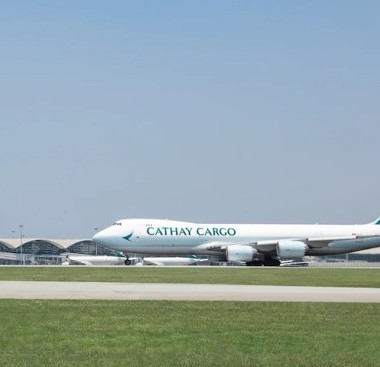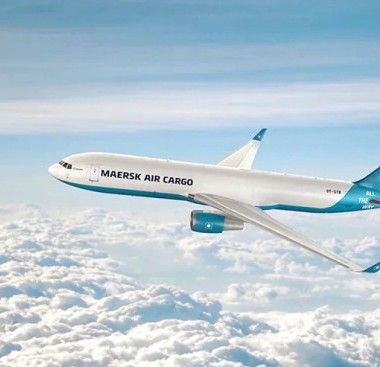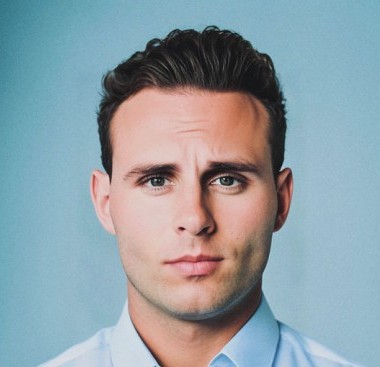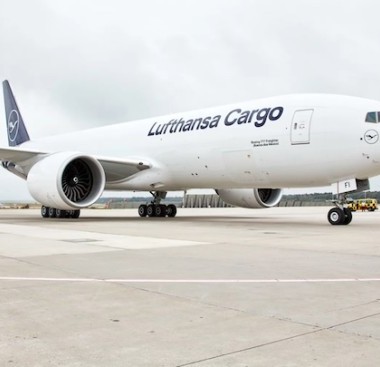Cathay’s Coronation Rites Fly in Face of Need for Change
It’s a highly choreographed event in which the future leaders of a secretive Chinese institution are announced to the world via a complex internal formula.
No, not Beijing’s upcoming Communist Party congress, which traditionally appoints the new leadership—we’re talking about Cathay Pacific Airways Ltd.‘s succession plan.
The appointment Wednesday of Rupert Hogg to follow Ivan Chu as chief executive officer has been a lock-in for three years, ever since he was named chief operating officer at the same time Chu was elevated to the top job. Since Philip Chen took the mantle in 2005—the first ethnic Chinese boss since the carrier was founded in 1946—every single CEO has done an apprenticeship as COO before serving in the most senior role for about three years.
The training to become a Cathay CEO starts even earlier than that. If you want to know who’s going to be running the carrier when Hong Kong is subsumed into China in 2047, check this year’s intake at Cathay’s controlling shareholder, the private British conglomerate John Swire & Sons Ltd. All five of the past CEOs had put in about three decades at the group before being elevated to the airline’s top job.
Average apprenticeship for Cathay CEOs: 3 decades
There are benefits to certainty. Hogg has been a member of the executive, management and finance committees since 2014, and has often spoken for the airline in the way a CEO would at a different company. As a result, there’s no need for a transition period.
There are drawbacks, too. Certainty is all very well, but what Cathay Pacific desperately needs is change.
The carrier posted its first annual loss since 2008 last month, and analysts expect the red ink to bleed into the current fiscal year too. Six months after Cathay junked its profit outlook and announced a “critical review” of the business, the clearest indicator of its turnaround plan has come not from the company but from shareholder Air China Ltd. The latter’s chief financial officer told Bloomberg last month that Cathay would cut HK$4 billion ($515 million) in costs over three years.
To be sure, there’s a hint of a thaw in Wednesday’s announcement. Incoming COO Greg Hughes looks to be heir-presumptive for the next coronation in March 2020, but unlike his predecessors he has a rival. Paul Loo, a former general manager of Cathay’s China business, will also report to Hogg and take charge of customer and commercial relationships. Such creative tension in the top ranks is a welcome tonic for such a staid business.
A more radical regime change would have been better. James Hogan, CEO of Etihad Airways PJSC since 2006 as the company has built itself into a global force, is leaving the Abu Dhabi flag carrier later this year amid a review of its strategy. His knowledge of Gulf aviation would give Cathay insight into a region that’s a primary threat, while his expertise in building alliances would be a boon for a carrier that’s suffered from an unwillingness to deepen links with rivals.
EasyJet Plc chief Carolyn McCall, who’s been in the job for seven years, might also be worth poaching. Cathay desperately needs to cut costs and reshape itself on the shorter-haul routes where it’s likely to be most competitive. McCall has managed to narrow the cost gap with rival budget carrier Ryanair since taking over in 2010, and Cathay could learn from her willingness to give up market share to focus on more profitable routes.
There’s even Qantas Airways Ltd.‘s Alan Joyce, who’s led that airline to a revival after a Cathay-style cost crisis earlier this decade. Qantas CEOs are typically kept in the job for 10 years, and he’ll hit that milestone in 2018.
Whatever happens, Cathay needs to adopt a sense of urgency over its fate. Within its four-hectare headquarters campus known as Cathay City, all attention is now focused on the accession to the carrier’s Dragon Throne. Beyond its walls, an aviation revolution is brewing.
Change will come to Cathay Pacific. The Swire dynasty needs to decide whether to greet it, or be steamrolled by it.
This column does not necessarily reflect the opinion of Bloomberg LP and its owners.
Similar Stories

Stonemont announces industrial development close to Tampa International Airport
View Article
Maersk boosts Weatherell to Global Chief of Air Freight Forwarding
View Article
Logicsols chooses BlueBox Systems due to excellent air freight data
View Article
FIATA and IATA united for resilience
View Article
U.S. Navy selects Electra to design ship-based eSTOL logistics aircraft
View Article
Routes Europe officially handed over to 2025 hosts
View ArticleGet the most up-to-date trending news!
SubscribeIndustry updates and weekly newsletter direct to your inbox!





